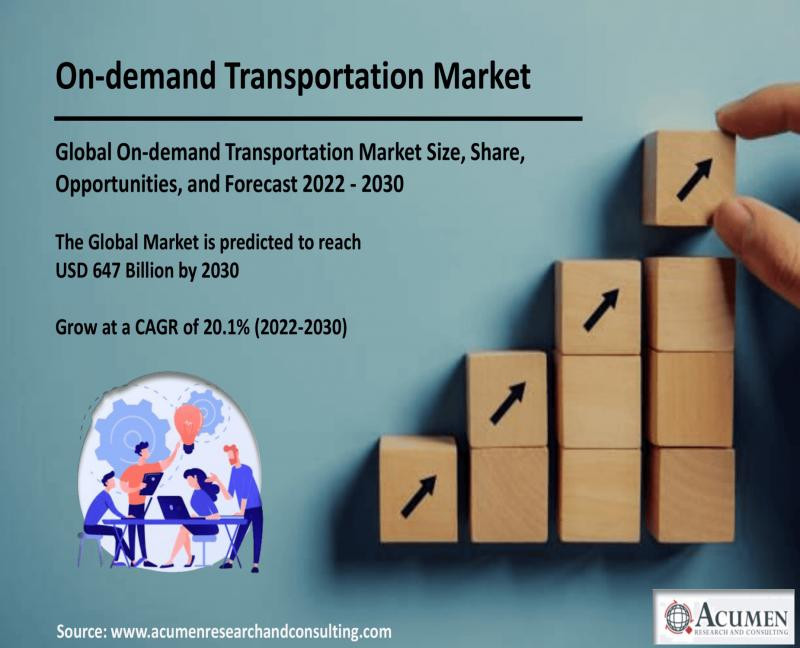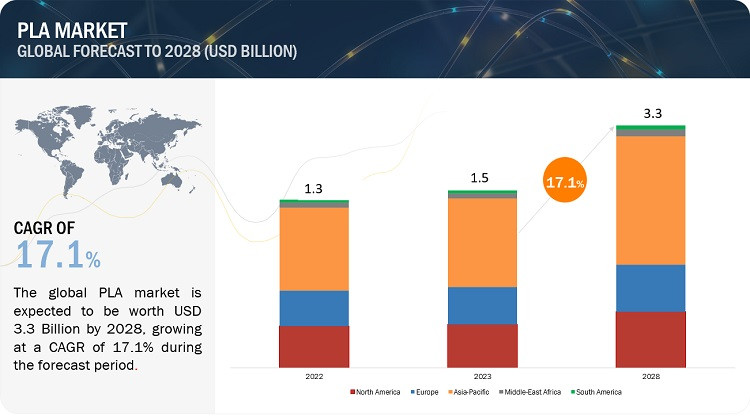The Future of Transportation: A $1.1 Trillion On-Demand Revolution
The world is embracing mobility as a service, and on-demand transportation is leading the charge. From ride-hailing apps to electric scooters, consumers are increasingly ditching traditional car ownership in favor of convenient, flexible, and often more affordable options. This shift is driving a surge in the on-demand transportation market, which is poised to become a $1.1 trillion industry by 2031, according to a recent report by Orbis Research.
The Driving Forces Behind the Growth
Several key factors are fueling the rapid expansion of the on-demand transportation market:
- The Rise of Ride-Hailing: Apps like Uber and Lyft have revolutionized how people get around, offering a convenient alternative to taxis and personal vehicles. These services are particularly appealing in urban areas with heavy traffic congestion.
- Increasing Urbanization: The world's population is rapidly shifting towards cities. By 2050, over two-thirds of the global population will reside in urban areas, creating a surge in demand for efficient and accessible transportation solutions.
- Evolving Consumer Preferences: Millennials and Gen Z are less likely to own cars than previous generations, preferring on-demand mobility options that align with their preference for flexible and shared services.
- Technological Advancements: The development of autonomous vehicles, electric vehicles, and advanced ride-sharing platforms are further transforming the landscape, enhancing efficiency, safety, and sustainability in the on-demand transportation sector.
The Future of Mobility: A Focus on Sustainability
The on-demand transportation industry is not without its challenges. Concerns about environmental impact, traffic congestion, and driver safety are all critical issues that need to be addressed. However, innovative solutions are emerging. Ride-hailing companies are investing in electric vehicle fleets, and the development of autonomous vehicles promises to revolutionize the sector, offering a cleaner, safer, and more efficient mode of transportation.
The Players Shaping the Market
The on-demand transportation market is a dynamic landscape, with a diverse range of players vying for dominance. Here are some of the key players shaping the future of mobility:
- Ride-Hailing Giants: Uber and Lyft remain the dominant forces in the ride-hailing space, with global reach and vast user bases. These companies are constantly innovating, expanding their services, and exploring new markets.
- Car Rental Companies: Traditional car rental companies like Hertz and Avis are adapting to the changing landscape by investing in ride-hailing services and partnering with mobility-as-a-service (MaaS) platforms.
- Automotive Manufacturers: Car manufacturers like Tesla, BMW, and Ford are developing electric vehicles and autonomous driving technologies, positioning themselves to play a significant role in the future of transportation.
- Tech Giants: Companies like Google, Apple, and Amazon are exploring the potential of transportation as a key area for innovation and growth. From mapping and navigation services to autonomous vehicle development, tech giants are poised to disrupt the industry.
Navigating the Road Ahead
The on-demand transportation market is expected to continue its robust growth in the coming years, driven by factors such as urbanization, technological advancements, and evolving consumer preferences. However, the industry faces several challenges, including regulatory hurdles, competition, and sustainability concerns. Successful players will need to adapt to the changing market dynamics, invest in innovation, and prioritize sustainability to thrive in this exciting and rapidly evolving sector. This dynamic landscape will continue to reshape how people move around, ultimately creating a more connected, convenient, and sustainable future of transportation.
The future of transportation is not simply about getting from point A to point B, but about building a more efficient, accessible, and sustainable mobility ecosystem for the world's growing urban populations.

















